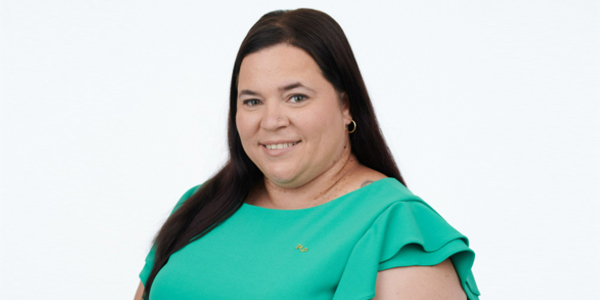By Gianluca Lo Nostro
Copyright reuters

Oct 1 (Reuters) – U.S. startup Spacecoin said on Wednesday it had successfully sent secured information through space in what it said was a first for the industry as the firm tries to show it can offer an alternative to Starlink’s satellite internet service.
WHY IT’S IMPORTANT
Spacecoin aims to target customers in places where internet access is unreliable, censored or too expensive, its founder Tae Oh told Reuters.
But unlike SpaceX-owned Starlink, where one entity controls the network, Spacecoin plans to build a decentralised system that anyone can join, conducting payments and storing data without the need to go through other service providers.
Advertisement · Scroll to continue
The test was designed to prove that data on a blockchain – the encrypted record behind cryptocurrencies and other digital services – could leave Earth, pass through a satellite in orbit, and return intact, Oh said.
Spacecoin’s data travelled more than 7,000 km via satellite from Chile to the Azores in the test, conducted with Bulgarian microsatellite maker EnduroSat.
“Beyond end users, we are also targeting builders – such as developers, telecom companies, NGOs, and infrastructure partners,” Oh said in an emailed statement to Reuters.
When a transaction is sent on its network, it will be checked against previous records on the blockchain which will automatically reject anything that doesn’t match, Oh said.
Advertisement · Scroll to continue
“For people using the internet, this means the information or payments they send through the network can’t be faked, changed, or intercepted by bad actors,” he said.
The satellite internet market is expanding thanks to growing consumer demand for broadband.
While U.S. bank J.P. Morgan previously tested blockchain payments between satellites, Spacecoin’s is the first transaction to bypass terrestrial internet entirely.
But Spacecoin remains a tiny player compared to Starlink’s 8,000 satellites.
The firm operates one satellite, which was launched in December 2024 on a SpaceX rocket, and plans to send three more by the end of this year. Its nanosatellite travels at Low Earth Orbit (LEO) altitude, up to 2,000 km above Earth.
Ad Break Coming Up
NEXT StayNext
OffEnglish
180p288p360p480p540p576p720pHD1080pHDAuto (180p)
About ConnatixV2074385474
About ConnatixV2074385474
Continue watchingafter the adVisit Advertiser websiteGO TO PAGE
Reporting by Gianluca Lo Nostro; Editing by Helen Reid
Purchase Licensing Rights
Gianluca Lo NostroThomson ReutersGianluca is a markets reporter based in Gdansk, where he covers equities and companies in France and the Benelux countries, with a keen focus on media, telecoms and fintech. Previously, he worked as a journalist in Italy, covering various beats ranging from international business and finance.Email



